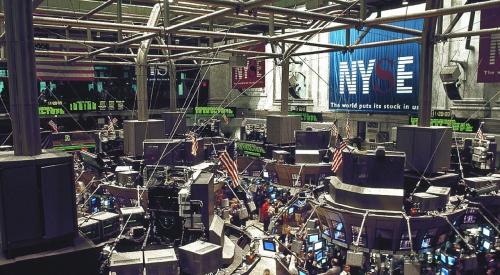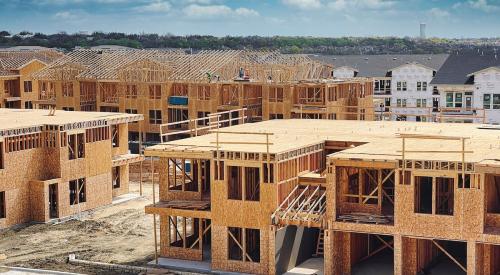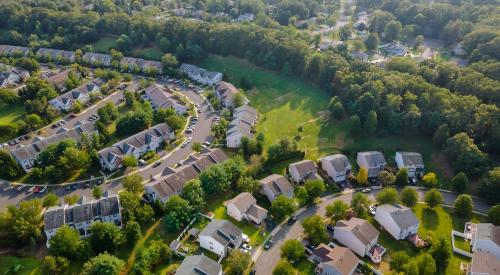Unemployment hit renters much harder than homeowners, resulting in millions of renters fleeing back home to mom and dad, according to Zillow. As a result, the demand for rentals has declined, and so have prices. Zillow reports that from February to June, rent price growth slowed more in urban areas than in the suburbs. The exact shift in annual rent growth is small—2% slower in urban areas, 1.4% slower in the suburbs—but it is a complete switch from pre-pandemic times. What else shows that renters may be shifting to the suburbs? Read more to find out.
Search traffic data does not yet show home shoppers are more interested in suburban homes than in past years, and both areas are seeing similar home-value growth, time on market, sales above list price and rate of newly pending sales. Survey results, however, indicate working remotely is causing many to reconsider their options. If this early shift in the rental market is indicative of a more widespread change in preferences, similar changes to the for-sale market could follow, but the economic impact on urban renters may be playing a larger role.
It’s important to separate how much of the trend is coming from shifting tastes as opposed to the economic reality that renters face. It may be tempting to conclude that urban renters who have been cooped up without outdoor space and unable to visit their favorite local bar are ready to commit to suburban life, and that is likely true for many. But that narrative ignores the fact that urban areas have been affected by job loss more so than suburban and rural areas, particularly renters who are disproportionately employed in the industries most affected.













